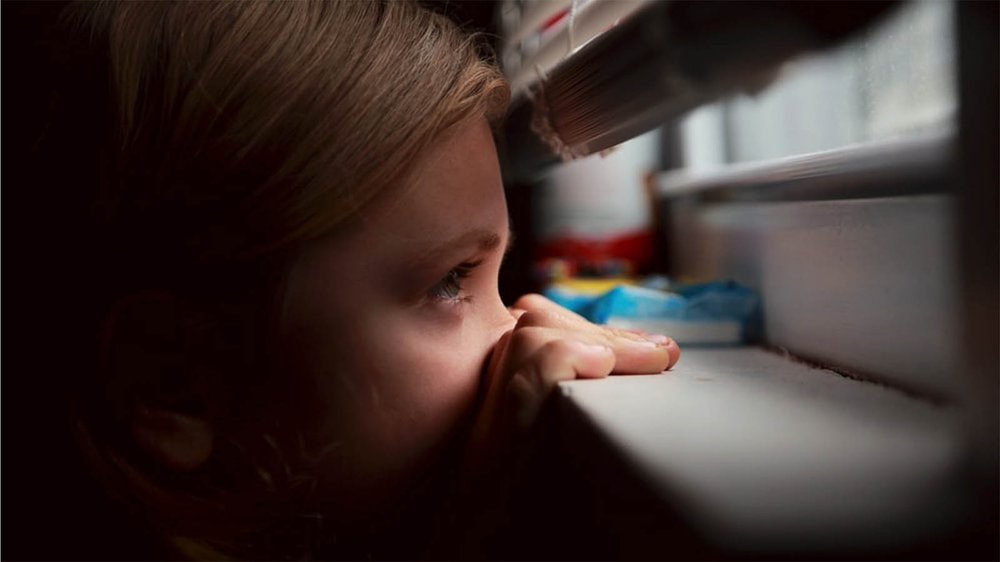More than ever, where you live may determine what kind of educational opportunities you have. Recently, the Center on Reinventing Public Education researched how 477 school districts will be opening this fall. The results are alarming.
According to the school districts they reviewed, 26 percent are opening fully remote, 12 percent in a hybrid model, and 85 percent are offering a choice. One-half of those school districts are offering fully in-person classes, and most of those are rural school districts. According to the Center on Reinventing Public Education, many of those that are fully remote are our highest poverty districts.
We should be concerned about those high poverty districts; they are already at increased education risk. What prompted so many of those districts to choose remote-only learning? Many questions come to mind and I hope each school district that chose to be fully remote can answer them with acceptable plans to maximize the learning experience for youth.
The questions we should be asking
1) Is the district making sure that all students have access to remote education in the form of free, high-quality Internet connection, hardware and software needed to complete online assignments? This includes people checking that hardware and troubleshooting issues are corrected in a timely manner. In a home with multiple students, is there enough hardware and connection to meet their needs?
2) Are teachers receiving continuous training and hardware and software support to enable delivery of high-quality online instruction?
3) Are the instructional needs of Special Education and English Language Learners being met? This is a particularly vulnerable population that might need special accommodations or in-home instruction.
4) What kinds of programs are in place for monitoring the effectiveness of instruction (and attendance) for all learners?
5) Are young people being given the opportunity to eat at least two meals a day and if so, how are those being delivered to the home of those children? Many cannot get to school safely. Some districts have, in the past, also offered take home food support for weekends and holidays. Is that being provided?
6) How is the absence of the "eyes" of the school network on these at-risk youth being dealt with? These children are particularly vulnerable to abuse and neglect and their safety should be monitored.
7) Differing grade levels have differing needs in time on and offline. Who can facilitate the instruction at home that varies for elementary, middle, and high school learners?
Not business as usual
All these and more are high priority items for a district to consider if they decide on fully remote instruction. To be effective, districts require a different type of staffing and major changes in the district's operation. The parents and community stakeholders must insist that districts whether fully remote, partially remote or in-person are providing for students’ needs. Under normal circumstances, where you live should not be the determining factor in the quality of your child’s education.
Our children have been out of school since March. We cannot afford, as a nation, the potential loss of instruction that this year may bring. Beyond the pandemic risk, the education and safety risk for a vulnerable population should concern all of us. It will make a difference not just now, but in the future.
About the author

Dr. Christy Martin recently retired with 30 plus years of experience as an educator in K-12 and higher education and another 6 years in social service for foster youth. She considers advocating for at-risk youth a calling. Since retiring in February, she has returned to her love of writing, currently practicing that craft by writing about child welfare and school issues. She lives in East Tennessee, 15 miles from the Great Smoky Mountains National Park.











